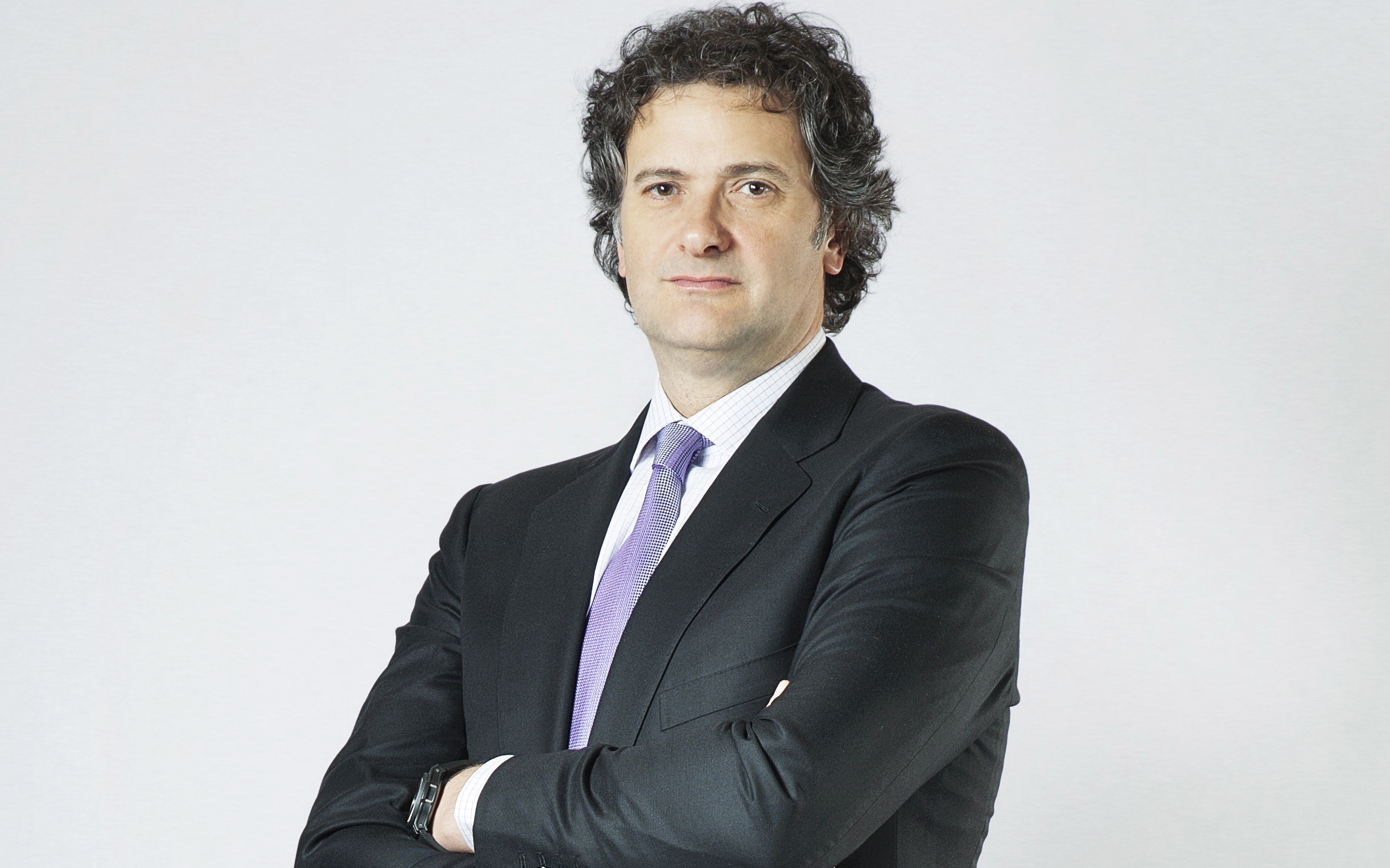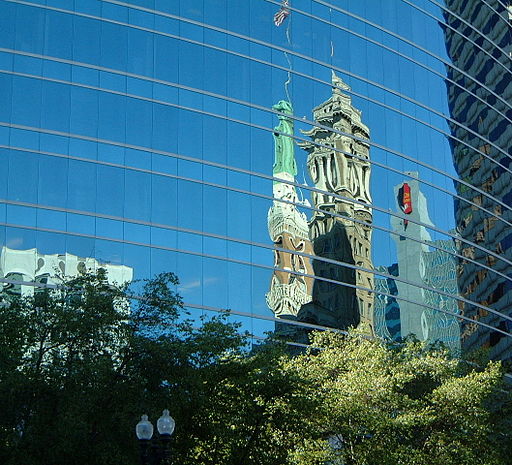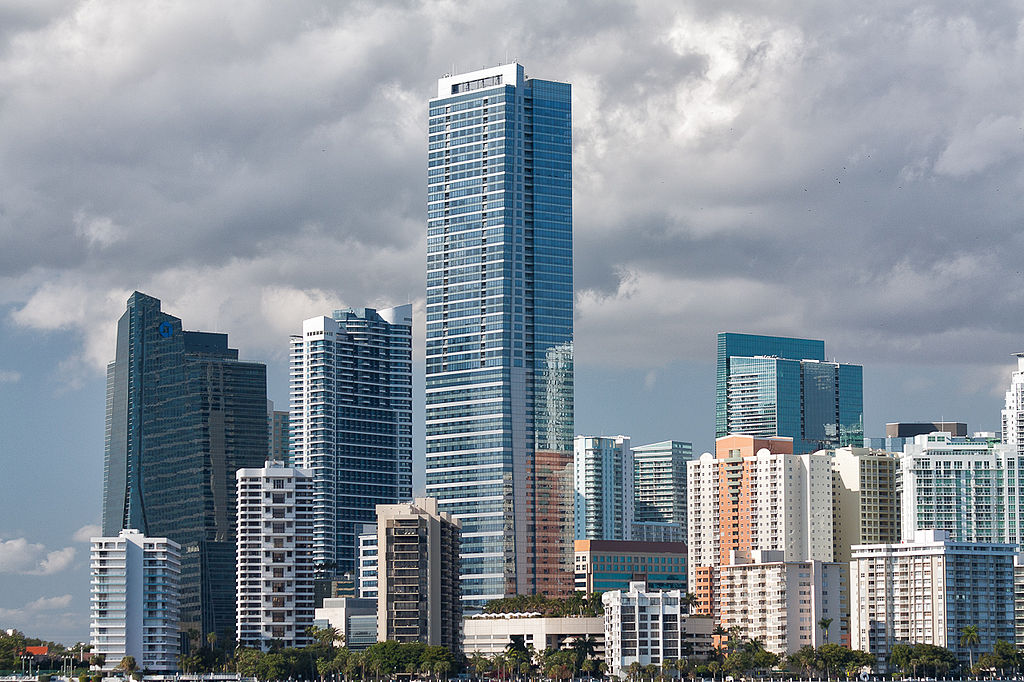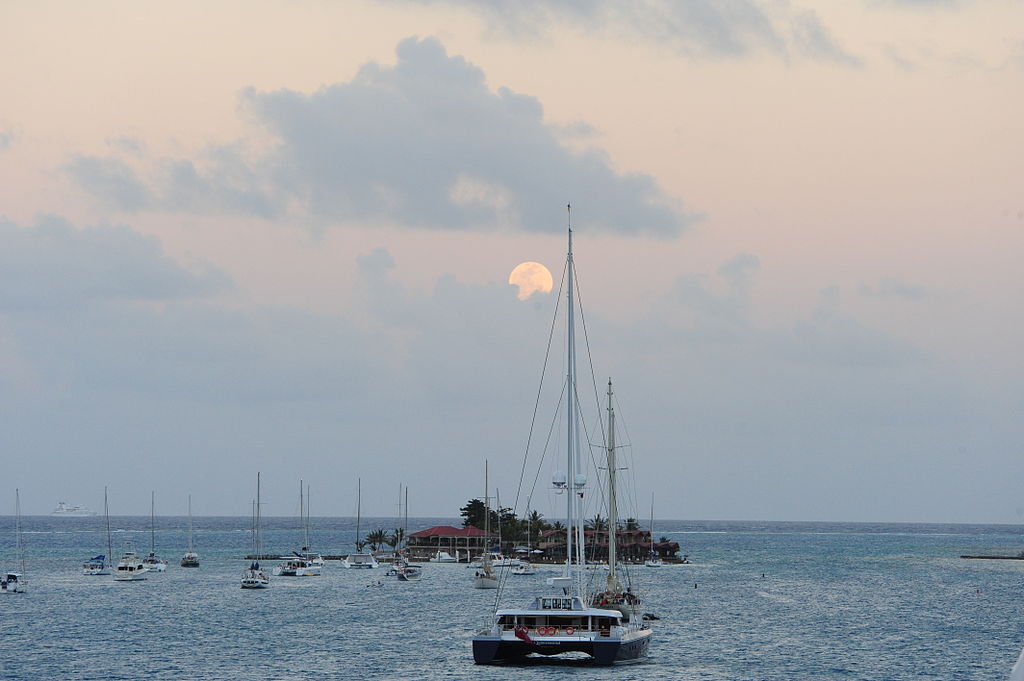Andbank has been in Latin America for more than ten years. A decade in which has focused all its efforts towards creating a market through acquisitions and new contracts in order to establish its model of private banking. However, its project has reached one of its most ambitious moments due to the bank’s plans of doubling its assets under management for the next four to five years, “taking into consideration the results,” according to Jordi Comas (Managing Director) in an interview with Funds Society.
Today, Andback manages US$15 billion under management, which means they are suppose to reach US$30 billion in five years, with a clear bet towards he Brazilian and Mexican markets. Fifty percent of the company’s assets come from foreign countries, and if goals are achieved, eighty percent of its business would come from the international division mainly from Latin America. “We want to be a Latin American private bank,” emphasized Comas.
“In 2012 we grew 20% and the idea is to keep growing until the international area takes up 80% of the business.”
In Andbank’s last 12 years, the result of the merger between two family banks from Andorra (Banc Angricol y Banca Reig) focused on private banking for more than 80 years and has experienced an important transformation that assisted important moments such as in 2008 when they decided to establish the markets that they considered vital for their strategy, and where they entered “with conviction and determination,” which was a crucial change in strategy that coincided with the arrival of the group led by Jordi Comas and Ricard Tubau, who is today’s Chief Executive Officer of the bank.
Restructuring the Business
Comas and Tubau, who came from the consulting business, specifically from the Boston Consulting Group (BCG), prepared a project that has put the bank in a very privileged position. After the merger in 2001, the international expansion began in 2003 and in 2008 a new period started, which Comas defined it as a period of economic success, a period that has opened the bank to the world. The whole bank was restructured in 2008 while maintaining the same direction, but still focusing on changing their profile.
“Comas believes that the banks that understand Latin America ‘are very few.’ We understand the idiosyncras, we have no rush and we invest for the long run.”
Since his arrival, the bank has grown in the volume of assets at annual rates close to fifteen percent, as well as maintaining one of the highest solvency rates in the sector (above twenty percent). Also, the payroll has doubled and the bank has upgraded from being in five countries, to now 12.
Based on this topic, Comas remembered that in 2008, only 5% of the business came from Latin America; a percentage that has reached 40% today. While in short-term markets, more than 50% will come from the international businesses. Andbank has offices with banking authorization in Spain, Luxemburg, Monaco, Bahamas, Panama, and Mexico. Therefore, adding up to seven banking authorizations, including Andorra. The bank also has offices in Switzerland and Miami where they have a broker dealer.
“Fifty percent of the business will come from other countries in the short run and expect it to continue growing. We have grown twenty percent in 2012 and the plan is to continue growing up to the point where the international area will generate 80% of the business,” according to his interview.
“The banks that understand Latin America are very few.”
The advisor thinks that the Banks that understand Latin America “are very few”. From Andbank, he said, “we understand the way of thinking, we are not in a hurry and we invest for the long run”. In his opinion, the bank has a competitive dynamic which is going to continue positioning the bank in the sector. At this point, he mentioned that, through the Columbus Asset management company, located in Mexico, where the bank used to acquire fifty percent of the ownership in 2008, that the business does not grow less than twenty-five percent each year.
“From an organic point of view, there has to be a 20% growth rate and buy things that are not too big.”
“In this market, the banks that are moving slowly leave us an excellent space in the private banking area, which is our core business. We compete in terms of speed and talent,” he emphasized.
In terms of the bankers’ profile, Comas said they have, “the best of the best in profitability. There are people older than 45 years old with experience of 15 or 20 years in the sector that participate in an exciting and ambitious project.”
“The crisis is going to hit the Banks that are not going to be able to adapt”
The executive recognized that according to today’s environment in this sector, “the crisis is going to hit the banks that are not going to be able to adapt,” as well as Andback having the opportunity to change and become a reference bank. “The transition had to be done, it is going to bring an expansion which will change the buesiness.”
If they want to buy other banks in order to grow, the executive recognized that therewill be more acquisitions in private banking, but he emphasized that it will be done in a planned way. “If you are not skilled, you will end up losing. From an organic point of view, we have to grow 20% per year and buy things that are not too big.”
Comas explained that every office that they open complicates the business because the bank is multi custody and multijurisdictional, which allows custody for third parties. Today the Bank has more than 650 in its payroll, from which half of this number is from employees located outside Andorra.
In terms of the type of client that the bank has in Latin America, it has a portfolio between US$7/10 million, a client with more than the average that the bank has in Europe.
Comas has a Bachelor’s degree in Economics and Business from the Autonomous University of Barcelona and an MBA from the Wharton School of the University of Pennsylvania. He started his professional career as co-founder and Chief Executive Officer of the publishing house Tibidabo Editions in 1984. Before starting to work in Boston Consulting Group in 1991, he worked for two years in the Research Area of La Caixa.




 For Fórmate a Fondo
For Fórmate a Fondo
